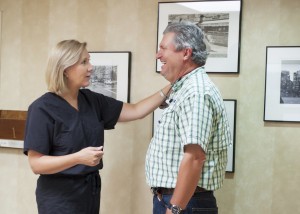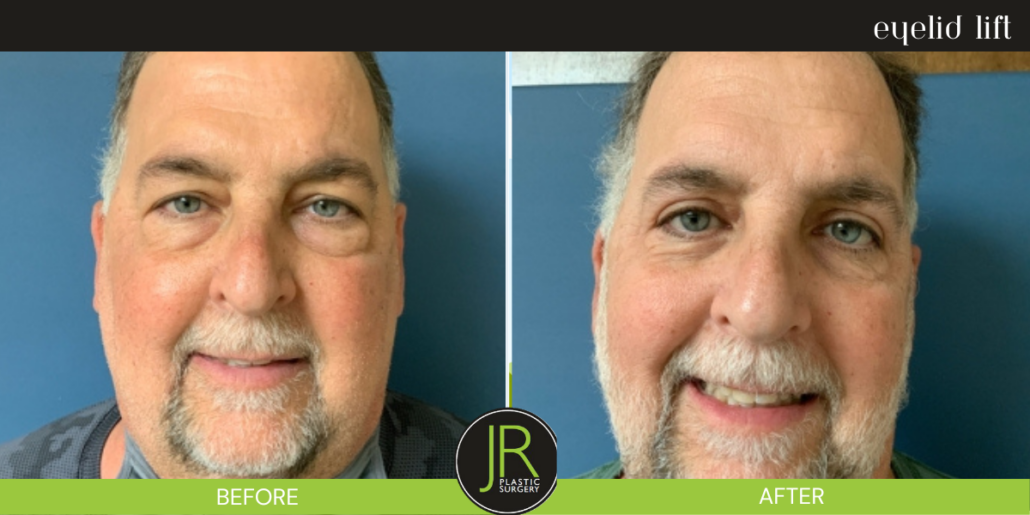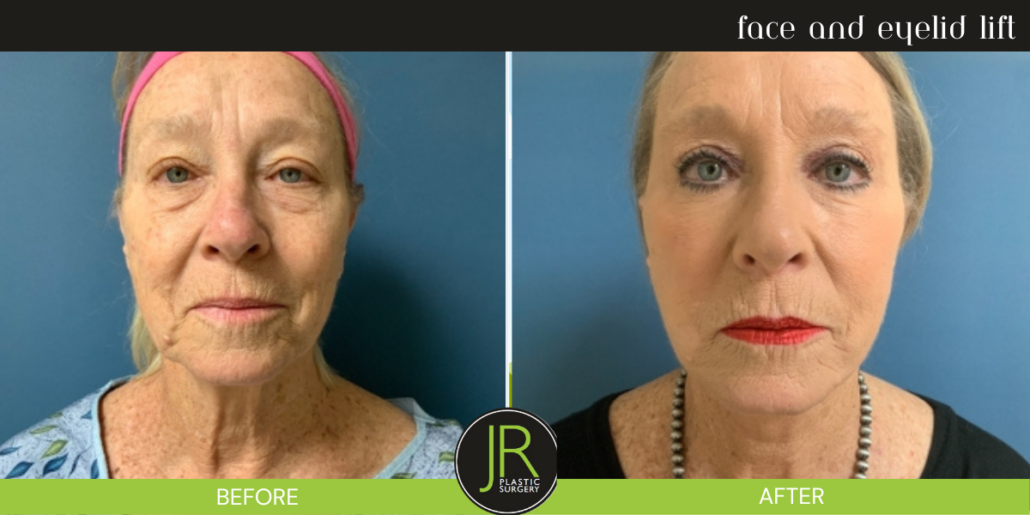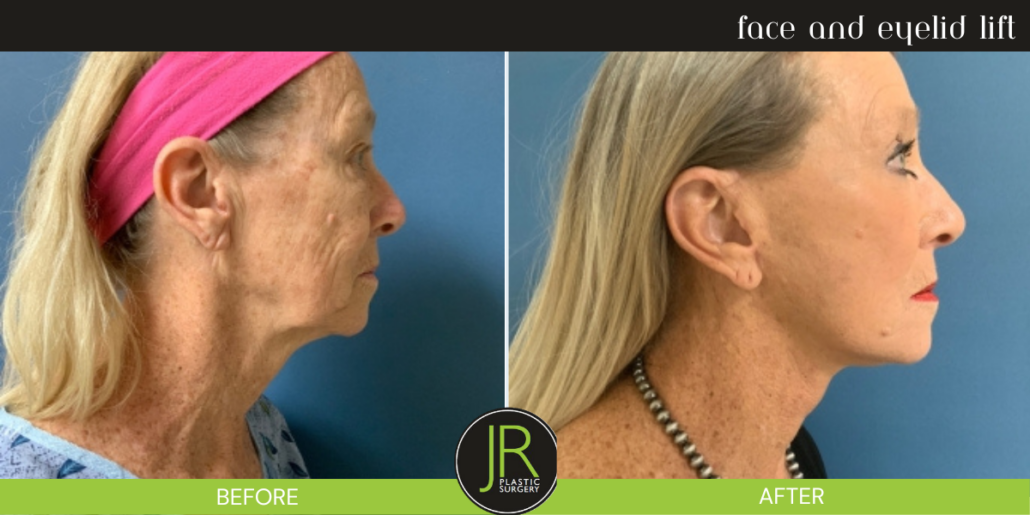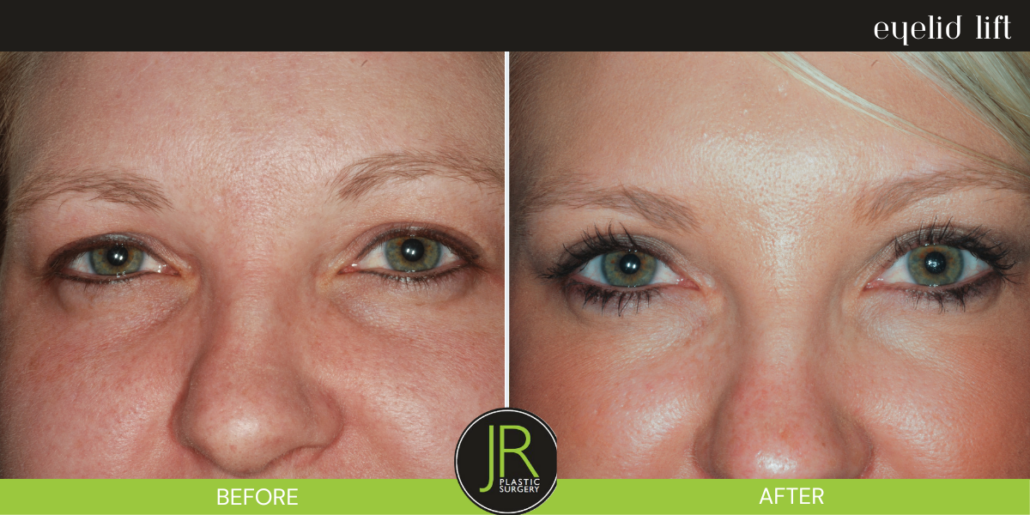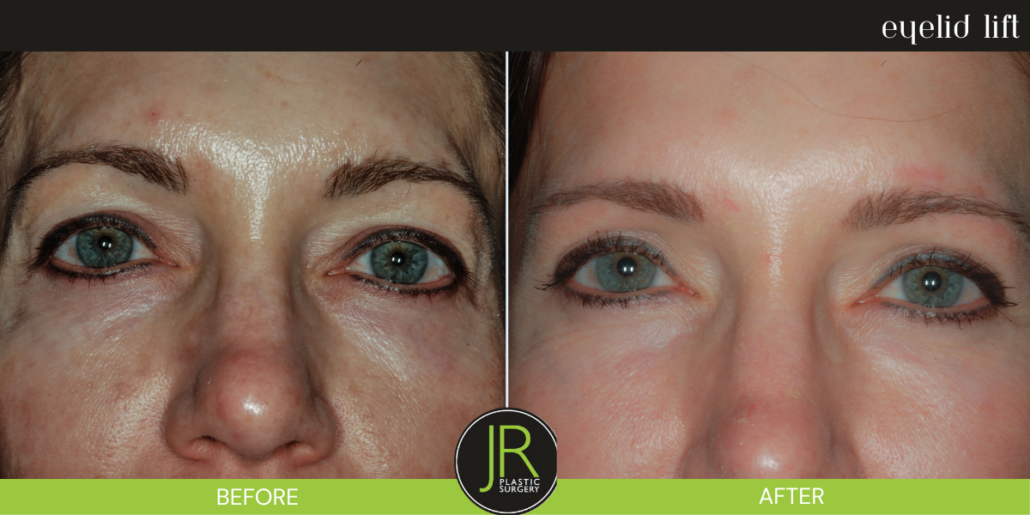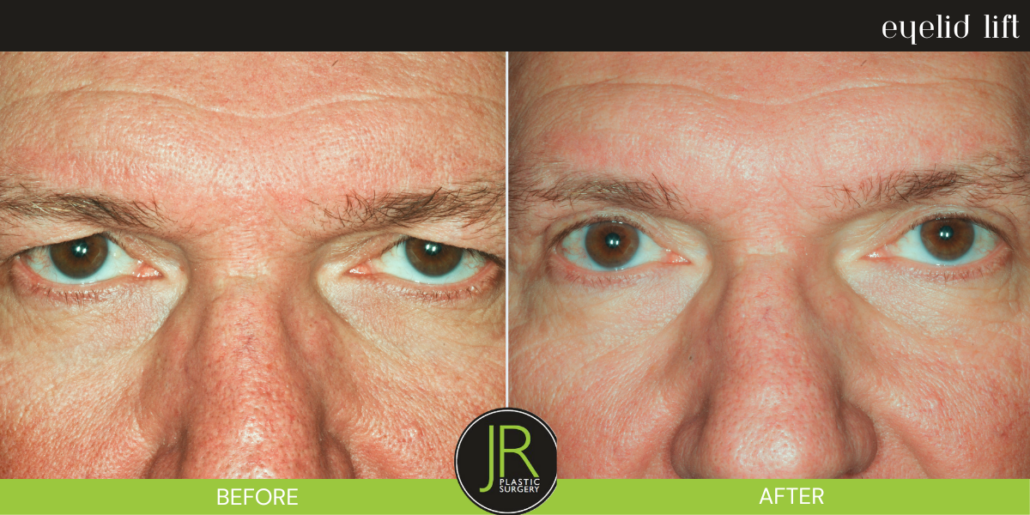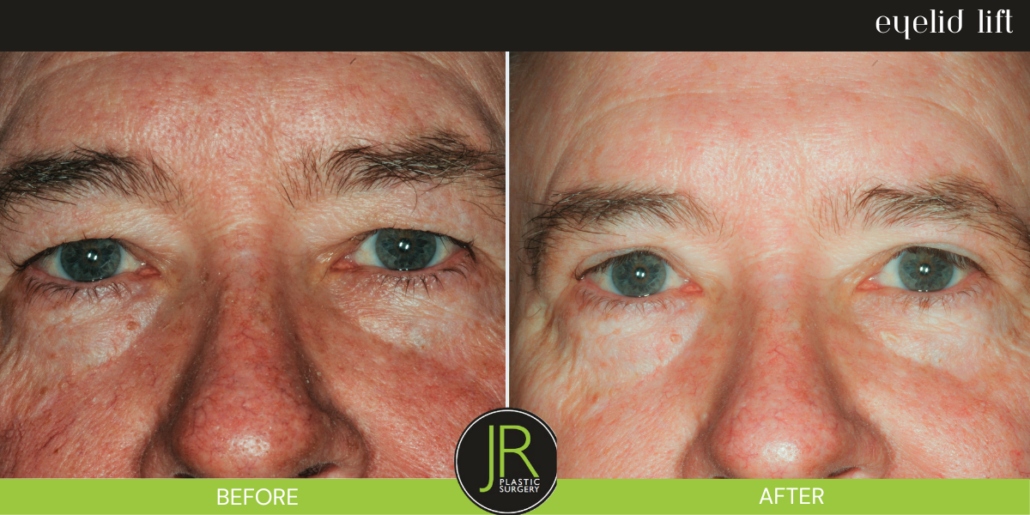Blepharoplasty, or upper/lower eyelid lift, is a short surgery that can have quick, positive results. However, the importance of the surgeon’s skill in this procedure cannot be overstated. After her rigorous training in New York, Dr. Rowley has performed this procedure successfully for over 20 years.
WHY DO PATIENTS SEEK BLEPHAROPLASTY (EYELID LIFT)?
Most patients desire this procedure because of excess skin on the upper or lower eyelids. Some patients even have visual obstruction related to excess skin on the upper eyelids. In that situation, insurance may cover the upper eyelid surgery. The patient also may want the bags or “puffiness” removed from the lower eyelids.
BRIEF SURGICAL FACTS
The upper eyelids take about thirty minutes with a local anesthetic, sometimes with mild sedation. The lower eyelid surgery also takes a half hour, but usually requires a general anesthetic. Upper and lower eyelids can be done together. If the patient does not have much excess skin on the lower eyelids and primarily has the fatty tissue that gives the puffy appearance, we can approach the lower eyelids through an internal or conjunctival incision to remove the fat and give the lower eyelid better contour. This is often accompanied by laser resurfacing of the lower eyelids which will get rid of the very fine wrinkly appearance to the skin. Most patients have 2-3 days of down time and require ice on their eyes as much as possible for 48 hours. The sutures are removed in 5-7 days, and most people can return to work at that point. Swelling usually takes 6-8 weeks to completely resolve.
SURGICAL PROCEDURE
On the upper eyelids, excess skin is removed, taking care to keep the scar in the eyelid crease. There are usually some fatty deposits that leave fullness in the inner comers of the eye. Those are removed at the same time, then sutures are placed. The surgical procedure is relatively straightforward and can even be done in the office with a local anesthetic. The lower eyelids usually require a general anesthetic. An external incision is made if the patient has skin to excise (remove). Fatty tissue is removed at the same time. If the patient does not have a significant amount of excess skin, an internal incision is made to remove the fat which gives the puffy appearance. No sutures are necessary. There is a fairly straightforward recovery with swelling, but no significant pain and early return to full function and work.
DR. JANE ROWLEY’S THOUGHTS ON
BLEPHAROPLASTY (EYELID LIFT)
“The upper eyelids are the procedure that can give a patient the most significant change in their appearance with the most minimal surgical recovery. The key thing is to not take too much skin off of the upper eyelids, which can cause serious complications. Keeping that in mind, a lot of less experienced surgeons, especially early in their career, do not take enough skin and do not get a significant cosmetic improvement. Lower eyelids are much more complicated. There are a lot of nuances to take into account when assessing the patient, including skin quality, the shape of the face, placement of the cheekbones, and the amount of laxity (looseness) that already exists on the lower eyelid. I think the lower eyelids are approached with too casual an attitude by many surgeons. Taking even a small amount of skin off of the lower lids can cause enormous complications. The surgeons I trained with in New York were very conscious of these complications that could occur with the lower eyelids, and that is why a large percentage of my patients undergo transconjunctival lower eyelid blepharoplasty with laser resurfacing as needed. Over resecting of the skin can cause the eyelid to pull down in what we call an ‘ectropion’ which is very undesirable.”

